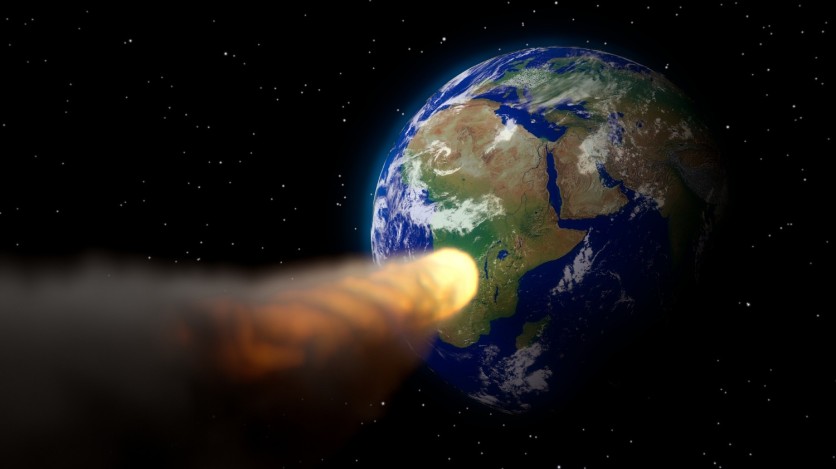
NASA confirmed that an asteroid as big as a tower will dangerously hit Earth this week. According to the agency's Center for Near-Earth Object Studies (CNEOS), the asteroid follows a dangerous orbit that is usually known to intersect Earth's course every now and then.
The incoming asteroid has been dubbed as 2020 DA4. As indicated in CNEOS's database, this asteroid is presently moving toward Earth at a speed of almost 20,000 miles per hour.
CNEOS said the near-earth object measures about 144 feet wide, which makes it barely shorter than the Chicago Water Tower.
The asteroid is a member of the Apollo circle of relatives of asteroids. According to NASA, 2020, DA4 follows a wide path around the Sun, which extends between the orbits of Mars and Jupiter. From time to time, 2020 DA4 crosses Earth's orbit because it travels around the massive star.
Could it end human civilization?
If the asteroid collides with the planet for the duration of one of its near-Earth intersections, it most in all likelihood won't create an impact event on the ground. The asteroid will instead be burned in the atmosphere and create a powerful explosion in the sky.
Based on the asteroid's size and current speed, the blast from its airburst ought to be like multiple atomic bombs, although most explosions could be directed in the direction of the Earth's atmosphere. The remaining energy might be sufficient enough to harm structures, shatter home windows, and injure people on the ground.
When will it cross paths with Earth?
The asteroid, at this rate, will go near Earth's path on April 29. As it crosses Earth's course, the asteroid is anticipated to be about 585,000 miles from the planet's center. Hence, the asteroid's distance will only be twice the gap between the Earth and the Moon in the course of its journey.
This 2020 DA4 asteroid was first seen on February 27. CNEOS calculated its future near-Earth approaches after studying its trajectory. According to the agency, the asteroid is not predicted to return to Earth's neighborhood until May 31, 2022.
ALSO READ : New Neighbor in Town: Earth Acquires a New But Temporary Mini-Moon Says NASA: How Long Will It Stay?
One in 50,000 chance of hitting Earth
Astronomers estimate such items have a one in 50,000 chance of hitting Earth every 100 years. If 2020 DA4 asteroid would directly hit the planet, the Planetary Society said global devastation and a possible crumble of civilization would happen.
Dr. Bruce Betts from the international institution of astronomers said that small asteroids [often hit the Earth] and would dissipate the surroundings and do little damage. Larger asteroids, according to Betts, could cause local destruction.
Betts said that Chelyabinsk size asteroids - around 59 feet and a mass of about 9,100 metric tons that hit in 2013 - could create shock waves that shatter windows and cause injuries.
He added that Tunguska sized asteroids - which has a size of 157 to 360 feet that hit Siberia in 1908 - could completely destroy a city or create a tsunami.
The destructive capacity of space rocks this large was also outlined in a 2018 report published by the United States National Science and Technology Council.
The National Near-Earth Object Preparedness Strategy wrote: "Objects near and larger than one kilometer can motive damage on a global scale.
Asteroids, according to National Near-Earth Object Preparedness Strategy, can trigger earthquakes, tsunamis, and other secondary outcomes that extend far past the immediate impact area.
For comparison, the asteroid that is believed to have killed the dinosaurs measured about six miles (10km) across.




